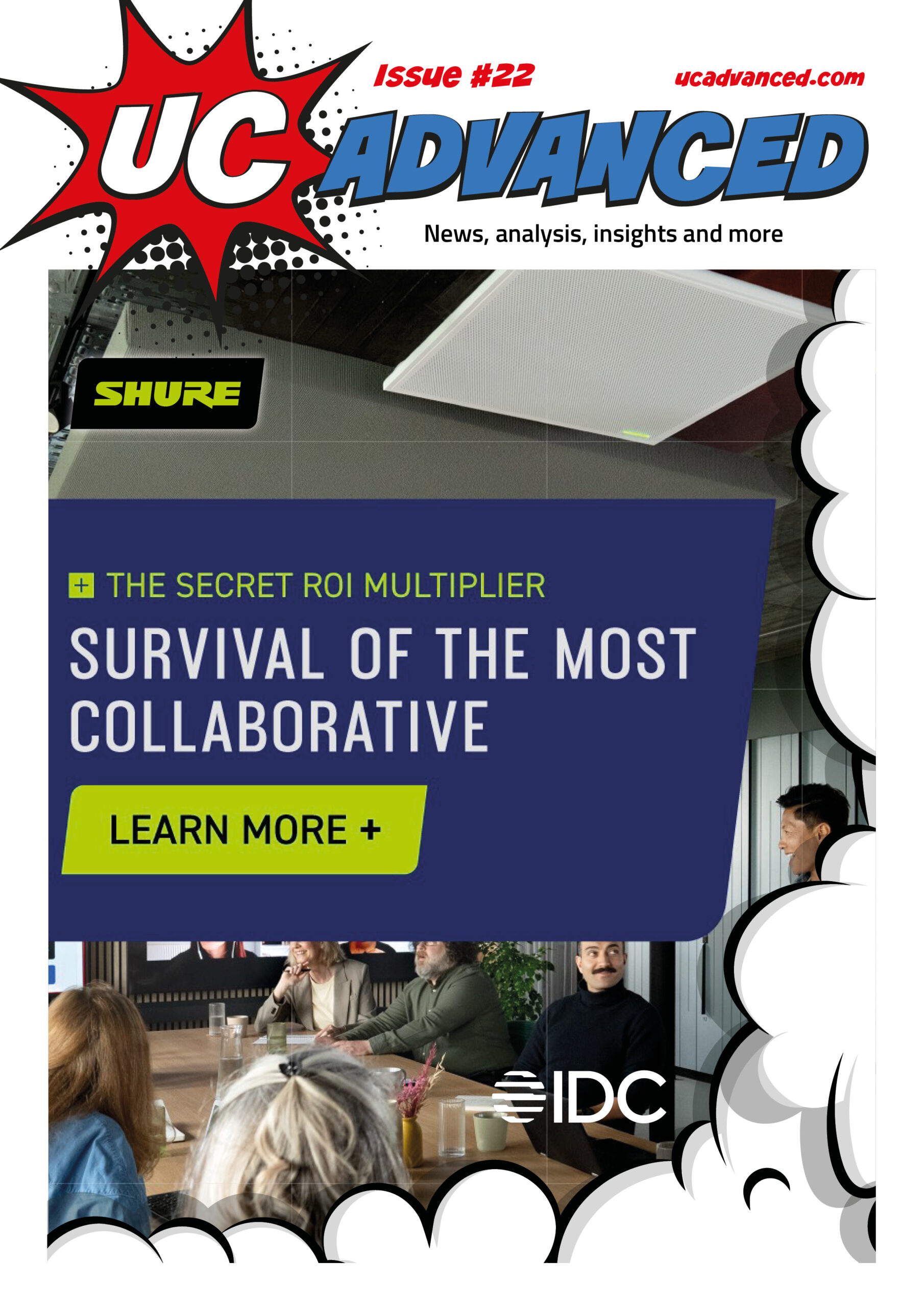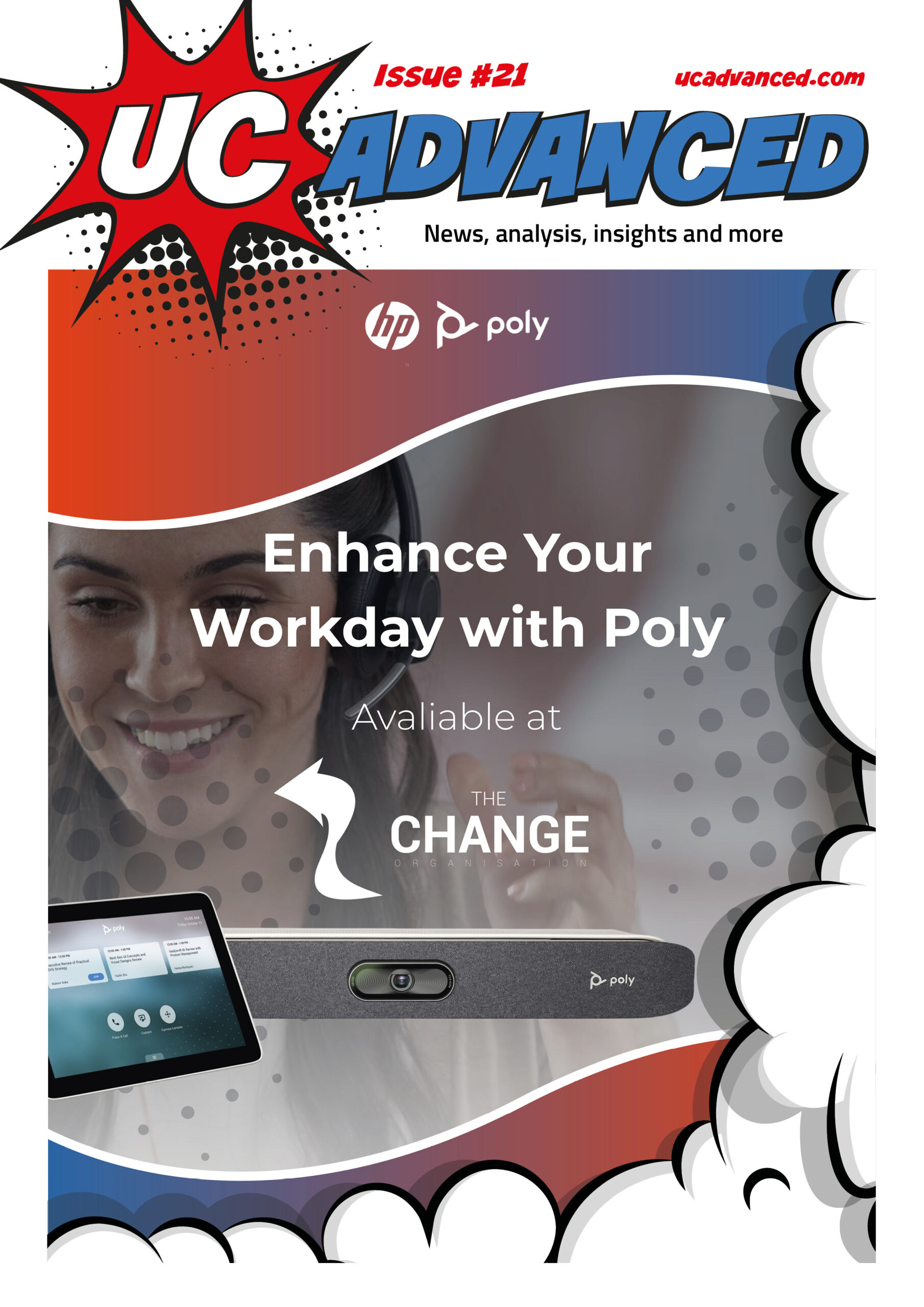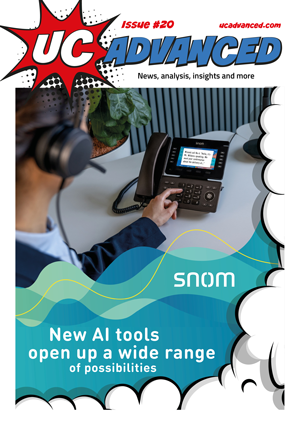Michelle Kelly, Product Marketing Manager at 8×8, details how sitting on your hands may be too much for some companies to afford.
Times are tough at multiple levels – at home and at business – and for many, there’s a temptation to just keep trying to get through with what people or companies have – the ‘don’t change if it isn’t broken’ mentality, but does there come a point when doing nothing actually starts to cost you money instead of saving it, especially in the field of customer experience?
Studies from research companies like Metrigy are showing that customer satisfaction has been ranked as the top business priority – more important than product/service quality, revenue generation, information security, employee retention, and investor satisfaction. The challenge here is that customer demands are now very rarely across one singular channel of engagement and solving a problem for them may not be easily achieved through just one aspect of a contact centre. If there is just a singular channel – or non-joined up channels – then the potential for disgruntled customers is considerable.
It may well be that with only a phone call system, separate or unconnected emails from a customer may be missed or a customer is unable to get fast real-time solutions to a problem. It may be even more basic than
that – customers would prefer to contact in other ways, either over social media, webchat or email and simply do not want to call in and speak to an agent. Only offering them one method of communication can lead to loss of contact and potential sales or problem resolving.
Dealing with customers in the modern era requires an intelligent backend system and insight from different areas of the company, and nothing is more frustrating to customers than being bounced around and having to repeat information. Contact centre agents can no longer be on an island – they need to be integrated with the rest of the company.
Over the years some organisations have tried to eke out every last piece of performance by going for a patchwork approach, adding bolt-on services to keep technology running along but this adds strains to not only the systems but also to IT staff who have to juggle more and more to keep everything working well. It also puts pressure on customer service and sales agents having to toggle between systems and platforms to operate effectively.
While on-premises communications systems offer full control over the hardware and configurations, they require specialists to provide ongoing hardware and system maintenance, making it costlier as years go on, as very often the skills needed are hard to come by.
Additionally, integrating on-premises platforms with popular business apps and CRMs incur substantial manual activity costs. Human error in managing legacy systems can adversely impact staff productivity and risk reputational damage as customer complaints increase.
For many, the move forward sees a shift towards integrated platforms for the tools they are using, often in the cloud, but not exclusively. By having one communication solution that integrates CRM and other business-critical applications on a single framework, that is reliable, with unified administration and cross-platform analytics it can improve first call resolution and reduce average handle time, making for an overall happy customer.
IT maintenance of legacy systems is no longer a challenge as managers and supervisors can now easily manage calls and channels, without requiring specific technical skills as they can easily make changes from anywhere on any device.
Forward-thinking companies are realising not only reductions in costs and operational expenses but are also spending less time setting up IT hardware, configuring employees, and training. However, it’s not just about the cost. Regular system and security updates guarantee the latest functionality, enabling teams to work together whether in the office, in the contact centre, or the field from any device or location.
At 8×8 we’ve looked at data across multiple organisations. Over a three year period – when you factor in equipment, support, utility and energy costs, as well as software and call costs – an organisation of 1000 employees can be looking at costs of around half a million pounds. That’s a lot for anyone. However, modelling also shows that the same organisation on the cloud can save around £600,000 in the same period when you factor in productivity, time benefits and other items. Modernising further tools can actually take the benefits into seven figure sums in only a three year period.
That’s looking at it purely from productivity and a cost/benefit perspective, but what other factors can come into play when it’s about making decisions on this? Security is one aspect to keep in mind. Older tech does have limits and at some point it won’t be as secure as more modern technology. That use of older, legacy tech beyond its designed shelf life can also lead to regulatory and compliance risks as well as concerns over reliability and trustworthiness.
There’s also the element of staff. If tools are awkward, slow, unwieldy, staff costs are going to go up because the best talent won’t want to work there, so there’s a staff attraction and retention issue, but also a reputational hit as people will talk on platforms like Glassdoor. Poor staff can also eventually knock on to poor customer service, which is a problem when you consider the priority given to customer experience as mentioned above.
Lastly, the thought of doing the upgrades at a later date may also seem like a case of ‘jam tomorrow’ but in today’s inflationary times, most costs are only going one way – and it’s not a way that benefits the P&L of the buying company.
“Penny wise and pound foolish” is normally taken to mean being careful with the pennies while throwing caution to the wind on larger spending, but in the case of modernisation it can mean that not spending a small amount of money in the short term could lead to far larger costs in the long-term.











